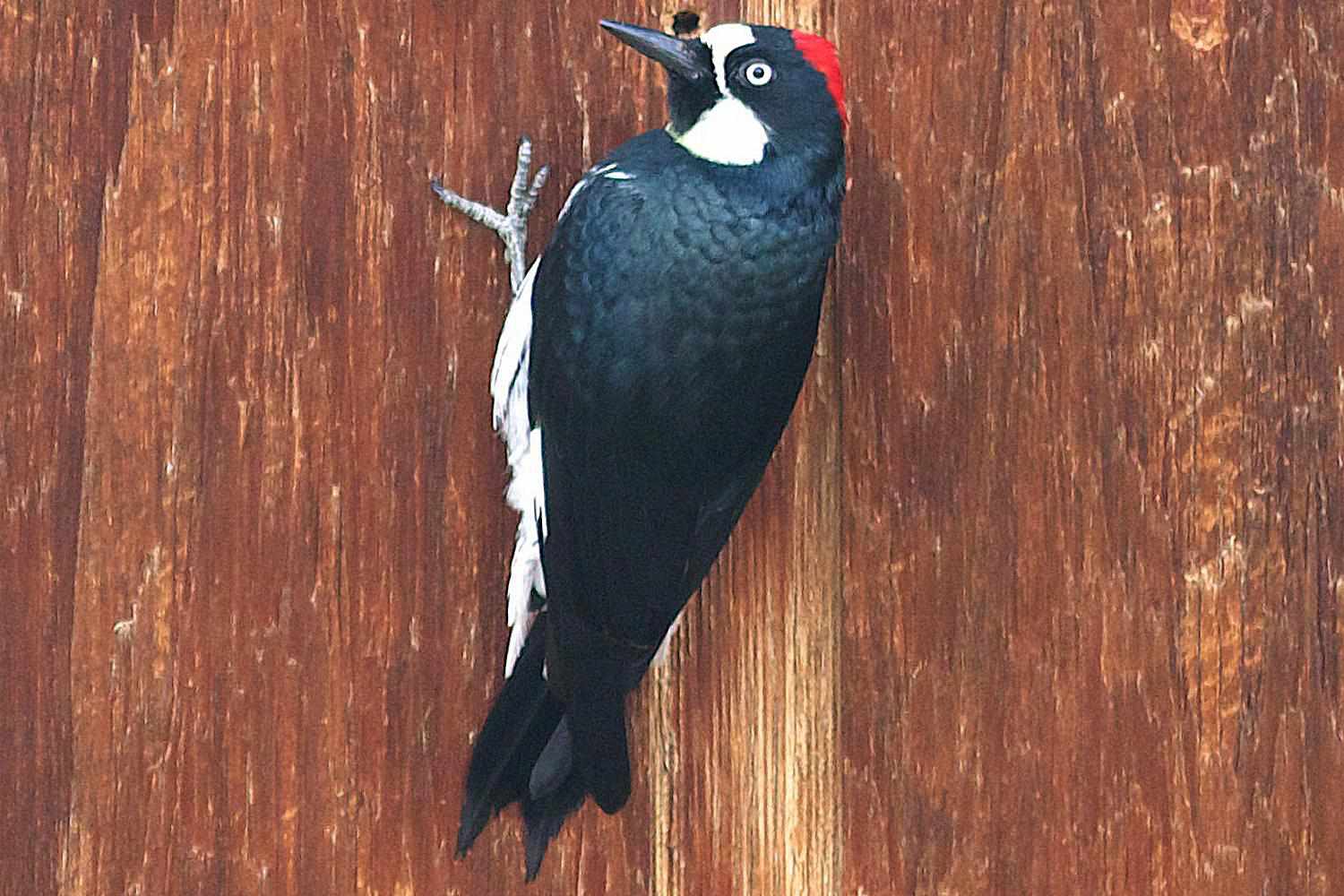

Articles
How To Get Rid Of Woodpeckers On Chimney
Modified: May 6, 2024
Learn effective methods and articles on how to safely and efficiently eliminate woodpeckers from your chimney and protect your home from damage.
(Many of the links in this article redirect to a specific reviewed product. Your purchase of these products through affiliate links helps to generate commission for Storables.com, at no extra cost. Learn more)
Introduction
Woodpeckers on your chimney can be a nuisance, causing potential damage and disturbance. These persistent birds are known for pecking on surfaces, including the hard surfaces of chimneys. If left unchecked, woodpeckers can create holes and lead to structural issues. In this article, we will explore the various methods to get rid of woodpeckers on your chimney, ensuring the safety and integrity of your home.
Understanding the behavior of woodpeckers and the reasons behind their attraction to chimneys is crucial in implementing effective deterrents. Additionally, it is important to be familiar with the different woodpecker species, their habits, and the legal protections they enjoy. By gaining this knowledge, you can choose the most appropriate methods to address the woodpecker problem without violating any regulations.
There are several natural deterrents you can use to discourage woodpeckers from frequenting your chimney. These range from visual and auditory deterrents to applying taste-based substances on the chimney surface. However, in some cases, physical methods may be necessary to prevent woodpeckers from causing further damage. These can include the installation of bird netting or the use of scare devices specifically designed to deter woodpeckers.
If your woodpecker problem persists or requires immediate attention, seeking professional solutions might be the best option. Pest control experts or licensed wildlife specialists can safely handle the situation by employing humane and effective techniques to remove woodpeckers from your chimney.
Once you have successfully eliminated the woodpeckers from your chimney, it is important to maintain a woodpecker-free environment. Regular inspection and maintenance will help prevent future infestations and protect your chimney from potential damage.
In this article, we will dive into the details of each method, providing practical tips and insights to help you effectively address the woodpecker problem on your chimney. By implementing these strategies, you can enjoy a peaceful and woodpecker-free living environment.
Key Takeaways:
- Understanding woodpecker behavior and legal protections is crucial for effectively deterring them from chimneys while respecting wildlife laws.
- Implement natural and physical deterrents, seek professional help if needed, and maintain regular inspections to keep chimneys woodpecker-free and structurally sound.
Read more: How To Get Rid Of Chimney Smell
Understanding the Woodpecker Problem
Woodpeckers are fascinating birds known for their distinctive behavior of pecking on various surfaces, including trees, utility poles, and yes, even chimneys. While woodpeckers may seem harmless, their continuous pecking can become a nuisance and cause damage to your chimney.
The primary reason woodpeckers are attracted to chimneys is the availability of food sources. Insects, such as ants and beetles, often reside in the crevices and gaps of chimneys, providing an abundant food supply for woodpeckers. The resonating sound produced by pecking on the chimney surface further attracts them, as they consider it a prime hunting ground.
Woodpeckers are also known to peck on chimneys for territorial reasons. They use the loud drumming sound to mark their territory and establish dominance over other woodpeckers in the area. This behavior becomes more prominent during mating season when they are actively searching for mates.
It is crucial to differentiate between occasional woodpecker visits and a persistent woodpecker problem. While occasional visits may not cause significant damage, persistent pecking can weaken the structure of your chimney and lead to potential hazards. This is particularly true for chimneys made of wood or other vulnerable materials.
Understanding the specific woodpecker species in your area is also important. Different species have varying habits and preferences, which can impact the effectiveness of deterrent methods. For example, the Downy Woodpecker is smaller and less destructive compared to the larger and more aggressive Pileated Woodpecker.
However, it is important to note that woodpeckers are protected by federal and state laws. Killing or harming woodpeckers without the right permits and permissions is illegal. It is essential to explore humane and legal methods to deter woodpeckers from your chimney and protect your property.
In the next sections, we will discuss the potential damage caused by woodpeckers, how to identify different woodpecker species, and the legal protections they enjoy. By having a deeper understanding of the woodpecker problem, you will be better equipped to address it effectively while ensuring compliance with laws and regulations.
Potential Damage Caused by Woodpeckers
Woodpeckers may be fascinating creatures, but their persistent pecking can lead to significant damage to your chimney if left unchecked. Understanding the potential damage they can cause will help you take appropriate action to protect your chimney and ensure its longevity.
One of the most visible signs of woodpecker damage is the creation of small holes on the chimney’s surface. Woodpeckers use their strong beaks to excavate cavities in search of food or to establish their territory. While these holes may start small, they can grow larger over time, exacerbating the risk of water infiltration and structural instability.
In addition to the holes, woodpecker activity can cause the mortar in the chimney to deteriorate. Their constant pecking weakens the integrity of the mortar joints, which hold the bricks or stones together. As a result, the chimney may become weakened and prone to structural issues.
Woodpeckers are also known to create noise disturbances. The continuous drumming sound produced by their pecking can be disruptive and unsettling, especially when it occurs early in the morning or throughout the day.
The damage caused by woodpeckers can pose safety hazards as well. The weakened structure of the chimney can become unstable, potentially leading to crumbling or collapsing bricks. This poses a risk not only to the chimney itself but also to anyone near or around it.
Furthermore, the holes created by woodpeckers may serve as entry points for other animals and pests. Squirrels, raccoons, and insects may take advantage of the openings, leading to further damage and infestations.
It is worth noting that the extent of woodpecker damage varies depending on factors such as the woodpecker species, the materials used in the chimney’s construction, and the duration of the infestation. Timely intervention is crucial to prevent further deterioration and costly repairs.
In the following sections, we will explore various methods to prevent and deter woodpeckers from causing damage to your chimney. By implementing these strategies, you can safeguard your chimney against woodpecker activity and maintain its structural integrity for years to come.
Identifying Woodpecker Species
When dealing with woodpeckers on your chimney, it is helpful to familiarize yourself with the different woodpecker species that may be causing the problem. Understanding their habits and preferences will aid in selecting the most effective deterrent methods.
Here are some common woodpecker species you may encounter:
- Downy Woodpecker: The Downy Woodpecker is the smallest and most common woodpecker species in North America. They are known for their black and white plumage and have a distinctive red patch on the back of their heads. Downy Woodpeckers are relatively less aggressive and prefer wooded areas with trees.
- Hairy Woodpecker: Similar in appearance to the Downy Woodpecker, the Hairy Woodpecker is slightly larger and lacks the red patch on the head. They have black wings with white spots and a white underside. Hairy Woodpeckers also prefer wooded areas and are adept at consuming insects found in trees.
- Pileated Woodpecker: The Pileated Woodpecker is the largest woodpecker species in North America. They have striking black plumage with red crests on their heads. Pileated Woodpeckers are known for their powerful pecking and can cause significant damage to trees and structures. They prefer forested habitats with large trees.
- Northern Flicker: The Northern Flicker, also known as the Yellowhammer, is a medium-sized woodpecker. They have brown feathers with black markings, a white rump, and distinctive yellow underwings. Northern Flickers are commonly found in open woodlands, parks, and suburban areas.
Identifying the specific woodpecker species can help you determine their preferences and behaviors. For instance, larger and more aggressive species like the Pileated Woodpecker may require more robust deterrent methods, while smaller species like the Downy Woodpecker may be discouraged by simpler strategies.
It is also worth noting that woodpecker populations can vary depending on your geographical location. Consulting local birdwatching resources, field guides, or ornithology experts can provide more specific information about the woodpecker species prevalent in your area.
By correctly identifying the woodpecker species, you can tailor your deterrence tactics accordingly, improving the chances of successfully deterring them from your chimney and protecting your home.
Legal Protection for Woodpeckers
Woodpeckers, like many other bird species, are protected under federal and state laws in recognition of their ecological importance and conservation status. As a result, it is crucial to understand the legal protections that apply to woodpeckers before implementing any deterrent or removal methods.
In the United States, the primary legislation protecting birds is the Migratory Bird Treaty Act (MBTA) of 1918. This federal law prohibits the harming, capturing, or killing of migratory birds, including woodpeckers, without a valid permit. The MBTA covers over 1,000 bird species, including most common woodpecker species found in the country.
Additionally, some woodpecker species may receive further protection under the Endangered Species Act (ESA) if they are classified as threatened or endangered. These woodpeckers are afforded additional legal safeguards, and any activity that could harm or disturb them or their habitats may be strictly regulated.
Violating these laws can result in severe penalties, including fines and even imprisonment. It is essential to adhere to these regulations to respect and conserve woodpecker populations and uphold environmental integrity.
So, what does this mean for your woodpecker problem on the chimney? It means that it is important to explore humane and legal deterrent methods. Physical removal or harm to woodpeckers without the appropriate permits and permissions is strictly prohibited.
Instead, focus on using non-lethal deterrent methods that discourage woodpeckers from frequenting your chimney. These methods include visual and auditory deterrents, taste-based substances applied to the chimney surface, and physical barriers that prevent woodpeckers from accessing the area.
If your woodpecker problem persists despite your best efforts, it is advisable to seek assistance from pest control experts or licensed wildlife specialists. These professionals have the expertise to handle the situation legally and humanely, ensuring the long-term well-being of both your property and the woodpeckers.
By understanding and respecting the legal protections for woodpeckers, you can effectively address the woodpecker problem on your chimney while conserving these fascinating birds for future generations to enjoy.
One effective way to get rid of woodpeckers on your chimney is to install a woodpecker deterrent, such as a physical barrier or reflective tape, to discourage them from pecking.
Read more: How To Get Rid Of Chimney Swifts
Natural Deterrents for Woodpeckers
When it comes to deterring woodpeckers from your chimney, natural methods can be an effective and environmentally friendly approach. By using visual, auditory, and taste-based deterrents, you can discourage woodpeckers from returning to your property.
Here are some natural deterrent methods you can employ:
- Visual Deterrents: Hang reflective objects, such as aluminum foil strips, CDs, or wind chimes, near the chimney. The flashing light and movement will often deter woodpeckers. You can also place scare balloons or inflatable predators, like owls or snakes, near the chimney to create an impression of danger.
- Auditory Deterrents: Install a motion-activated sound deterrent near the chimney, such as a bird distress call or a recorded predator sound. These sudden and unexpected noises can startle woodpeckers and prompt them to avoid the area.
- Taste-Based Deterrents: Apply a taste-based repellent to the chimney surface that woodpeckers find unpleasant. These can include substances like hot sauce, garlic powder, or a commercial bird repellent. Before applying any repellent, it is essential to test it on a small, inconspicuous area to ensure it does not damage the chimney’s materials.
- Remove Food Sources: Woodpeckers are attracted to insects found in and around your chimney. Minimize their food supply by inspecting and sealing any cracks or gaps in the chimney. Consider professional pest control services to address any underlying insect infestations.
- Create Alternative Habitats: Providing alternative natural habitats for woodpeckers away from your chimney can help redirect their attention. Install birdhouses specifically designed for woodpecker species in your yard and ensure they are appropriately placed to attract their interest.
Remember that natural deterrents may not work the same way for every woodpecker species. However, by combining different methods and experimenting with what works best for your situation, you can increase the chances of successfully deterring woodpeckers from your chimney.
Keep in mind that natural deterrents may take time to yield results. Woodpeckers are intelligent and adaptable creatures, so consistency and persistence in implementing deterrents are key. It is also important to regularly inspect the effectiveness of the deterrents and make necessary adjustments.
In the following sections, we will explore physical methods and professional solutions to address persistent woodpecker problems on your chimney. These methods can offer additional support and ensure the successful removal and prevention of woodpeckers without causing harm to them or violating any legal protections.
Physical Methods to Keep Woodpeckers Away
If natural deterrents haven’t been effective in deterring woodpeckers from your chimney, physical methods can provide a more direct and long-lasting solution. These methods physically block woodpeckers from accessing your chimney, preventing further damage and disturbance.
Here are some physical methods you can implement to keep woodpeckers away:
- Bird Netting: Install bird netting around your chimney. This mesh barrier prevents woodpeckers from gaining access to the chimney surface and can help protect it from pecking damage. Ensure that the netting is properly installed and secured to prevent any entanglement risks to birds.
- Hardware Cloth: Attach a sheet of hardware cloth over the affected chimney area. The small openings in the cloth allow for ventilation while blocking woodpeckers from reaching the chimney surface. Use screws or nails to secure the hardware cloth firmly in place.
- Block Entrances: Seal off any existing holes or gaps on the chimney that woodpeckers may be using as access points. Use a durable material such as metal or wood to cover the openings, ensuring a tight fit. This prevents woodpeckers from creating new holes or entering the chimney.
- Scare Devices: Utilize scare devices specifically designed to deter woodpeckers. These devices, such as scare tapes or plastic predators, create visual deterrents that mimic potential threats. Install them near the chimney to discourage woodpeckers from approaching.
- Aluminum Flashing: Attach aluminum flashing or metal plates over the areas most targeted by woodpeckers. The noise and movement created by the metal surfaces can deter woodpeckers, discouraging them from pecking on the chimney.
When implementing physical methods, it is essential to ensure the safety of both the woodpeckers and yourself. Be cautious when installing or handling any materials, and avoid using materials or methods that may risk harm to the birds or cause damage to the chimney’s structure.
Remember, woodpeckers are protected by federal and state laws. It is important to abide by these regulations and consider humane and effective solutions that do not harm the birds or violate any legal protections.
If the woodpecker problem persists or you require professional assistance, the next section will explore professional solutions for woodpecker removal and prevention on your chimney.
Professional Solutions for Woodpecker Removal
If you’re experiencing persistent woodpecker problems on your chimney that natural and physical deterrent methods haven’t resolved, it may be time to seek professional help. Pest control experts or licensed wildlife specialists can provide you with efficient and humane solutions to remove woodpeckers from your property.
Here are some professional solutions that can help you address the woodpecker issue:
- Assessment and Inspection: A professional will conduct a thorough assessment of your chimney to determine the severity of the woodpecker infestation and any potential damage. They will inspect the chimney for entry points and identify the species causing the problem.
- Humane Removal: Professionals will employ humane trapping or exclusion methods to safely capture and remove the woodpeckers from your property. These methods ensure the birds are unharmed and can be released in appropriate natural habitats.
- Repairs and Maintenance: After removing the woodpeckers, professionals can assist in repairing any damage caused to your chimney. They will ensure that the chimney is secure, sealed, and free from any vulnerabilities that may attract woodpeckers in the future.
- Preventive Measures: Professionals can offer advice on preventive measures to reduce the risk of future woodpecker infestations. This may include implementing physical barriers, such as netting or metal flashing, to discourage woodpecker activity and protect the chimney.
- Long-Term Solutions: Professionals can provide guidance on landscaping and habitat modifications that can make your property less appealing to woodpeckers. This includes maintaining a proper distance between trees and your chimney and removing any dead or decaying wood that may attract insects and woodpeckers.
When hiring professionals, ensure that they hold the necessary licenses and certifications to handle wildlife removal. They should employ practices that align with ethical and legal guidelines to protect both you and the woodpeckers.
Professional solutions offer efficient and effective methods to address persistent woodpecker problems while ensuring the birds’ welfare and compliance with wildlife protection laws. Consult local pest control companies or wildlife specialists with experience in bird removal to find the best solution for your specific situation.
Once the woodpeckers have been successfully removed, it is important to maintain a woodpecker-free environment to prevent future infestations and protect the integrity of your chimney, as the next section will discuss.
Maintaining a Woodpecker-Free Chimney
After successfully addressing a woodpecker problem on your chimney, it is essential to take proactive measures to maintain a woodpecker-free environment. By implementing regular inspections and following proper maintenance practices, you can prevent future infestations and protect the integrity of your chimney.
Here are some tips for maintaining a woodpecker-free chimney:
- Regular Inspections: Conduct periodic inspections of your chimney to check for any signs of woodpecker activity or potential entry points. Look for new holes, damaged areas, or any gaps that may have developed over time.
- Seal Openings: Promptly seal any openings or gaps you discover during inspections. Use durable materials such as metal or wood to cover the areas securely. This helps prevent woodpeckers from accessing the chimney and creating new entry points.
- Trim Trees: Maintain a safe distance between trees and your chimney. Trim branches that overhang or come too close to the chimney to discourage woodpeckers from easily accessing it.
- Remove Attractive Food Sources: Regularly inspect and address any insect infestations in and around the chimney. Woodpeckers are attracted to the presence of insects, so minimizing their food sources will make the chimney less appealing.
- Implement Visual Deterrents: Even after resolving a woodpecker problem, it can be beneficial to keep visual deterrents in place to discourage future woodpecker activity. Hang reflective objects or place scare devices near the chimney to create the impression of danger and deter woodpeckers.
- Immediate Response to Woodpecker Activity: Be prompt in addressing any signs of renewed woodpecker activity, such as new holes or pecking sounds. Take action to deter the woodpeckers early, whether through natural deterrents or professional assistance, to prevent further damage.
By regularly inspecting and maintaining your chimney, you can spot and address any woodpecker issues before they escalate. Preventive measures and immediate action are key to maintaining a woodpecker-free environment and safeguarding your chimney.
Lastly, remember to respect and abide by wildlife protection laws. Woodpeckers are protected species, and any activities that harm or disturb them may be against the law. Choose humane and legal deterrent methods and consult professionals for assistance, if needed.
By following these guidelines, you can enjoy a woodpecker-free chimney and ensure the long-term integrity and safety of your home.
Read more: How To Get Rid Mice In Chimney
Conclusion
Dealing with woodpeckers on your chimney can be a frustrating and potentially damaging problem. However, by understanding the woodpecker behavior, identifying the species, and implementing effective solutions, you can successfully address the issue and maintain a woodpecker-free environment.
Throughout this article, we have explored various aspects of dealing with woodpeckers on your chimney. From understanding the reasons behind their attraction to chimneys to the potential damage they can cause, we have covered the essential information to help you tackle the problem.
We have discussed the legal protections that woodpeckers enjoy and the importance of adhering to these laws while addressing the issue. By using natural deterrents such as visual and auditory methods, as well as taste-based substances, you can discourage woodpeckers from targeting your chimney.
If natural methods prove ineffective, physical techniques such as bird netting, hardware cloth, and scare devices can provide a means to physically block woodpeckers from accessing your chimney. Additionally, professional solutions offer expert assistance in safely removing woodpeckers and preventing future infestations.
Maintaining a woodpecker-free chimney requires regular inspections, sealing any potential openings, and removing attractive food sources. By staying proactive and addressing woodpecker activity promptly, you can prevent further damage and protect your chimney’s integrity.
Remember, it is important to respect and comply with wildlife protection laws when dealing with woodpeckers. Choose humane and legal methods to deter woodpeckers and consult professionals as needed.
By implementing the strategies discussed in this article and staying vigilant, you can successfully get rid of woodpeckers on your chimney while ensuring the safety and longevity of your home. Enjoy a peaceful and woodpecker-free living environment!
Ready to keep your home in tip-top shape and ensure pests don't ruin your pantry? Dive into our guide on essential home maintenance routines to stay ahead of common household issues. Then, if you've ever struggled with unwanted guests in your kitchen, our expert guidelines on pest control will show you how to keep pantry moths at bay efficiently.
Frequently Asked Questions about How To Get Rid Of Woodpeckers On Chimney
Was this page helpful?
At Storables.com, we guarantee accurate and reliable information. Our content, validated by Expert Board Contributors, is crafted following stringent Editorial Policies. We're committed to providing you with well-researched, expert-backed insights for all your informational needs.
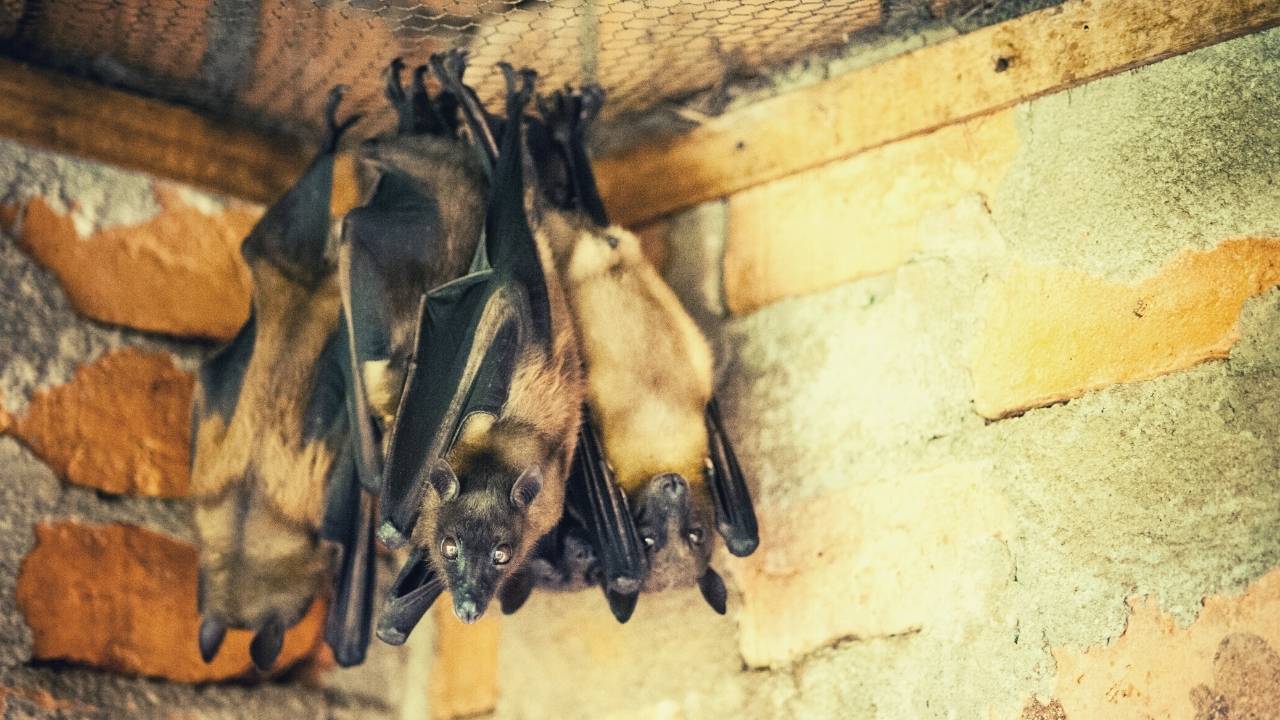
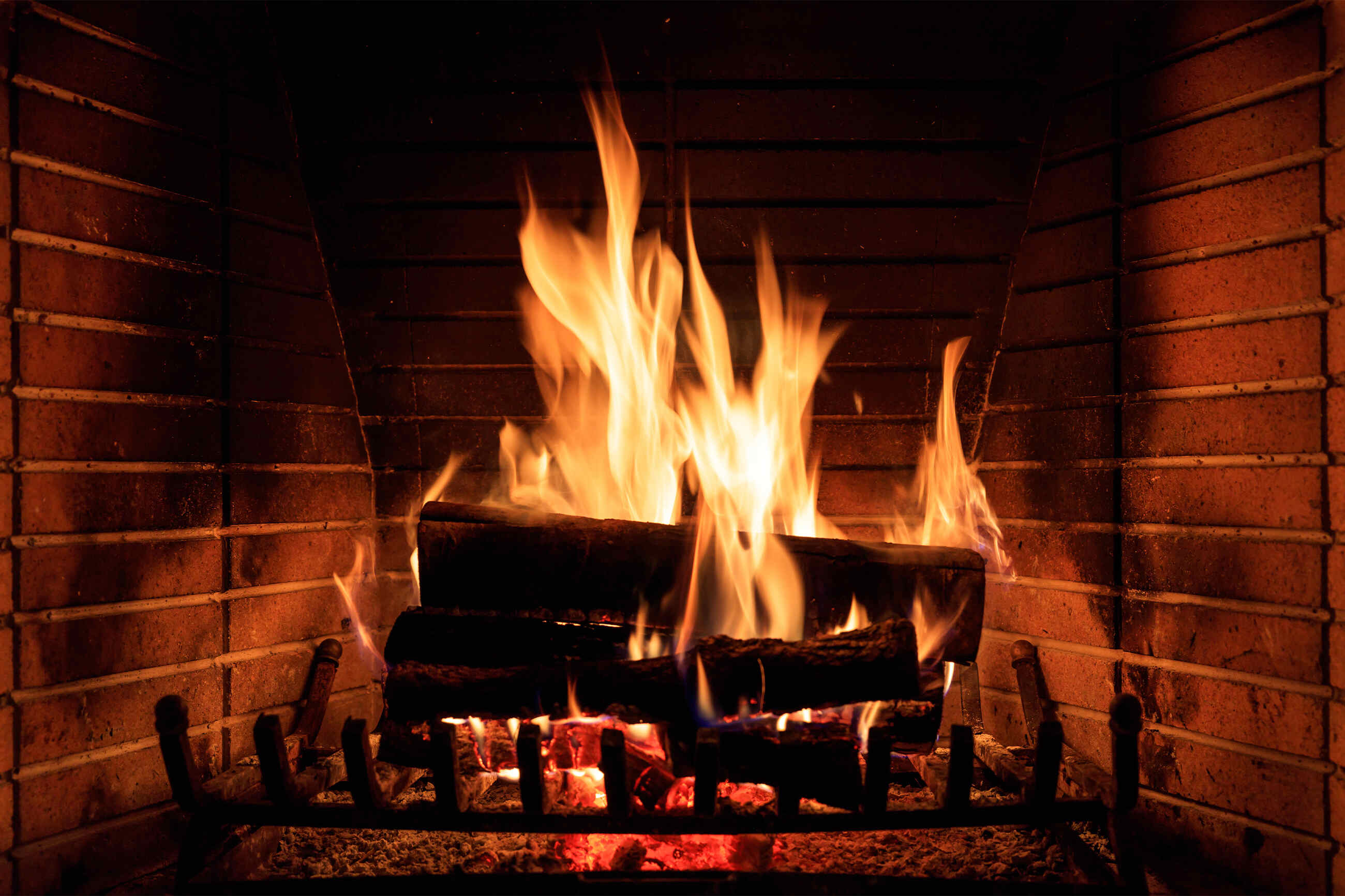
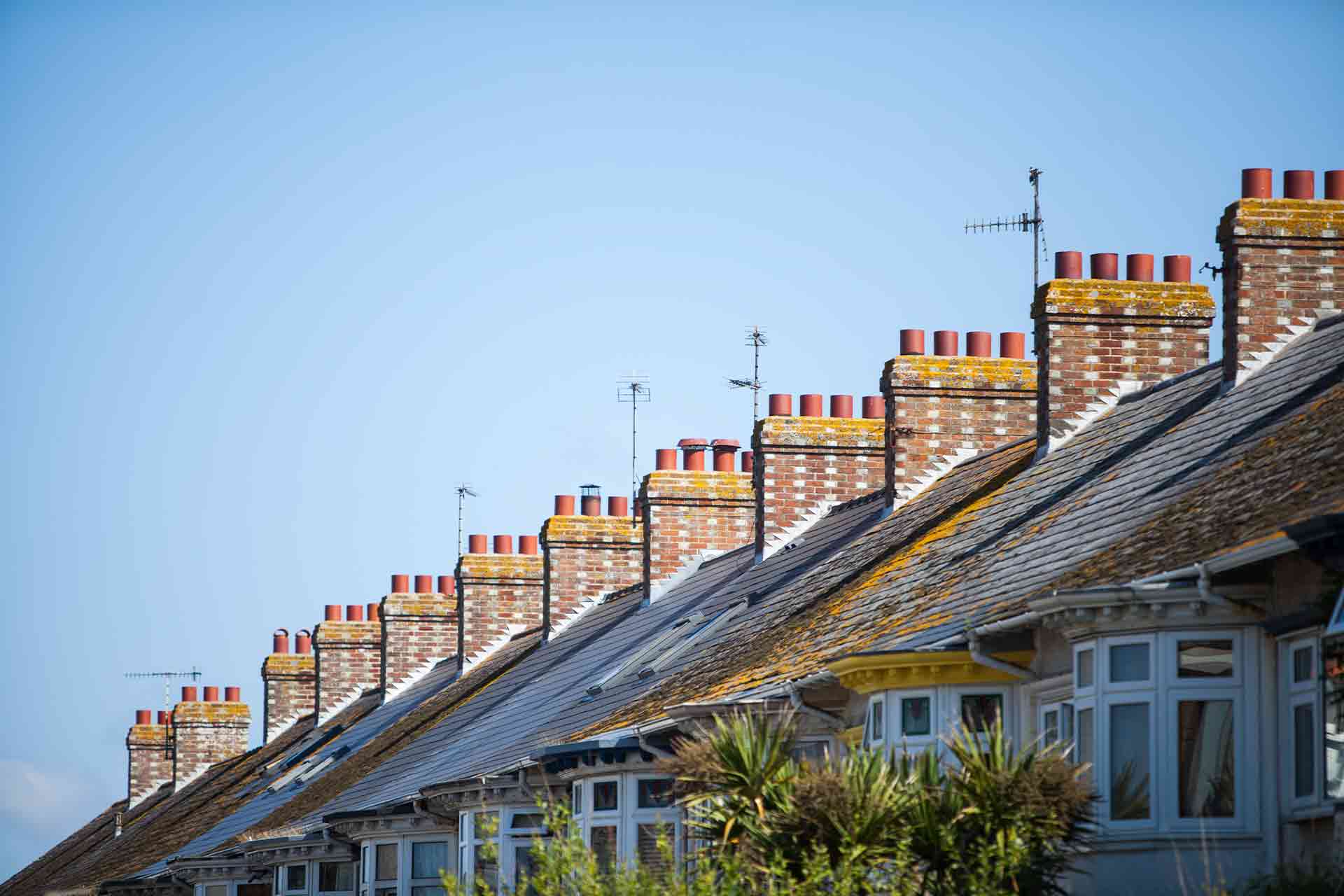
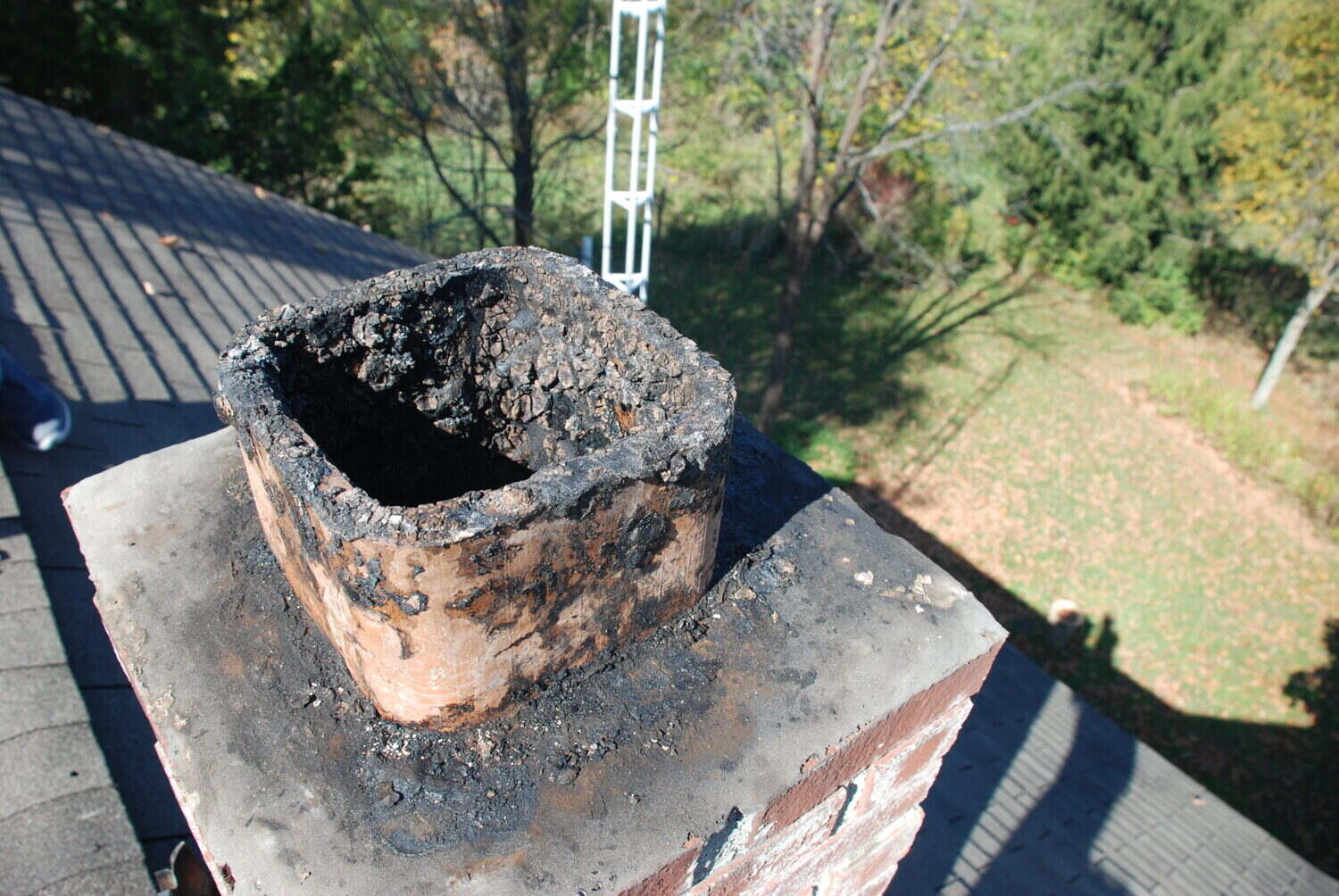
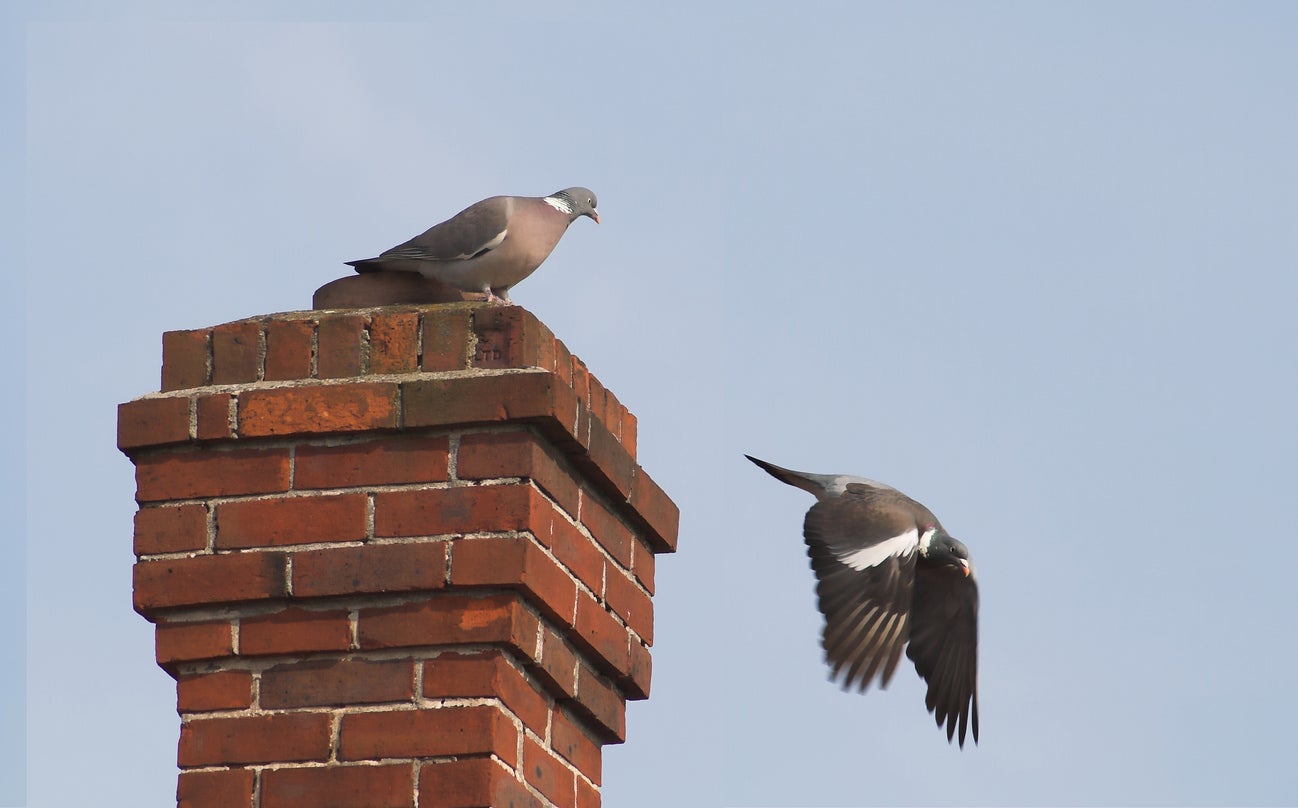
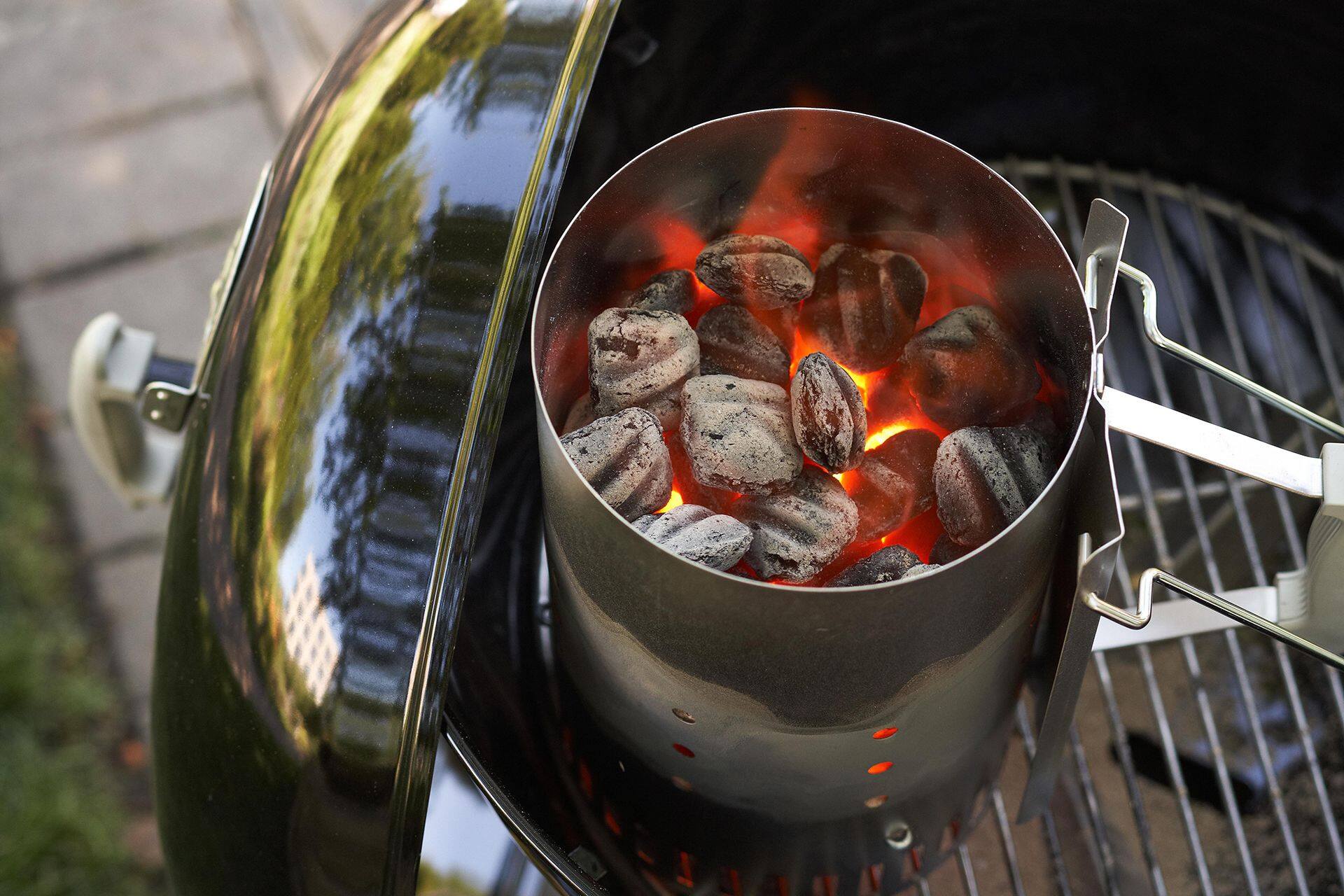
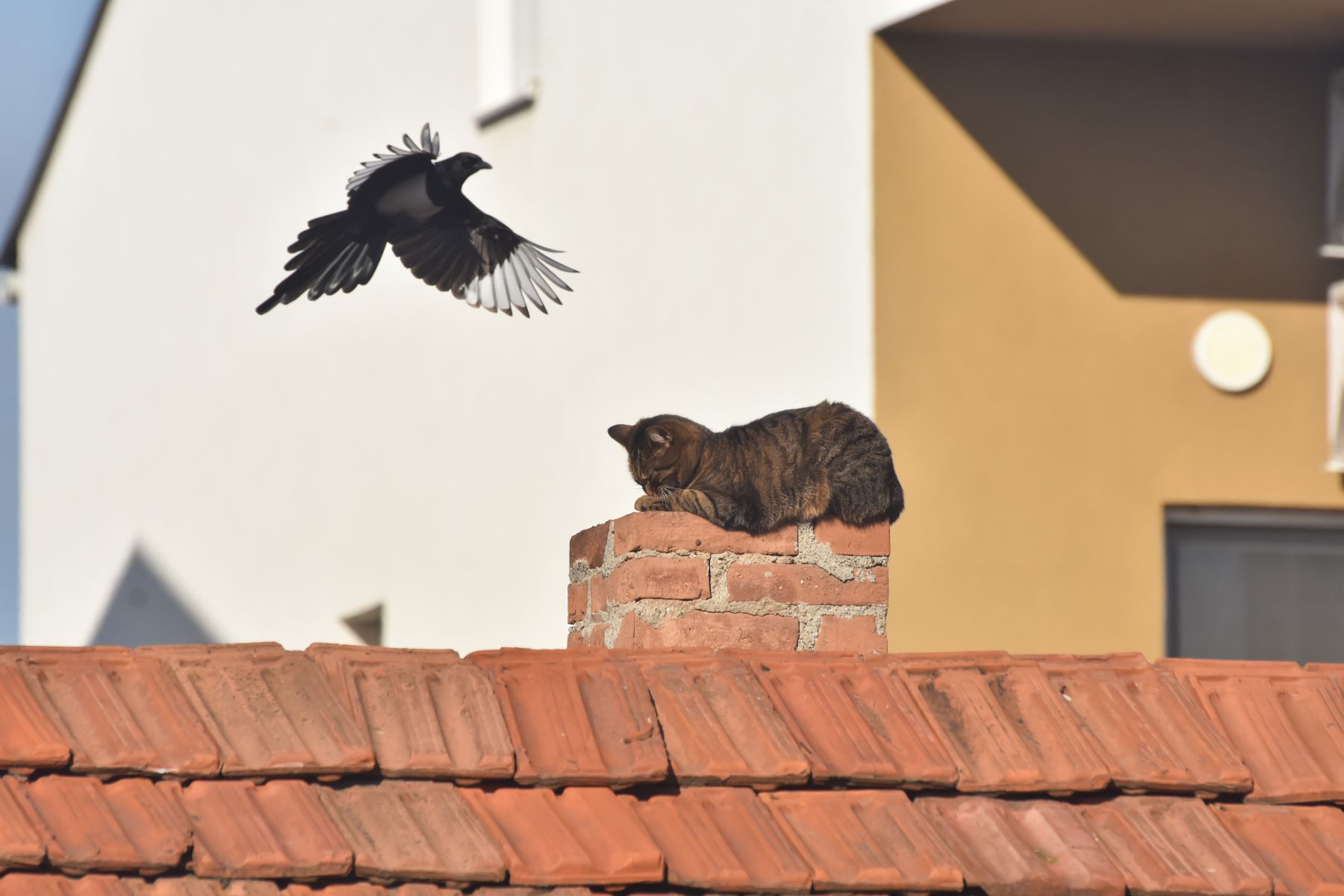
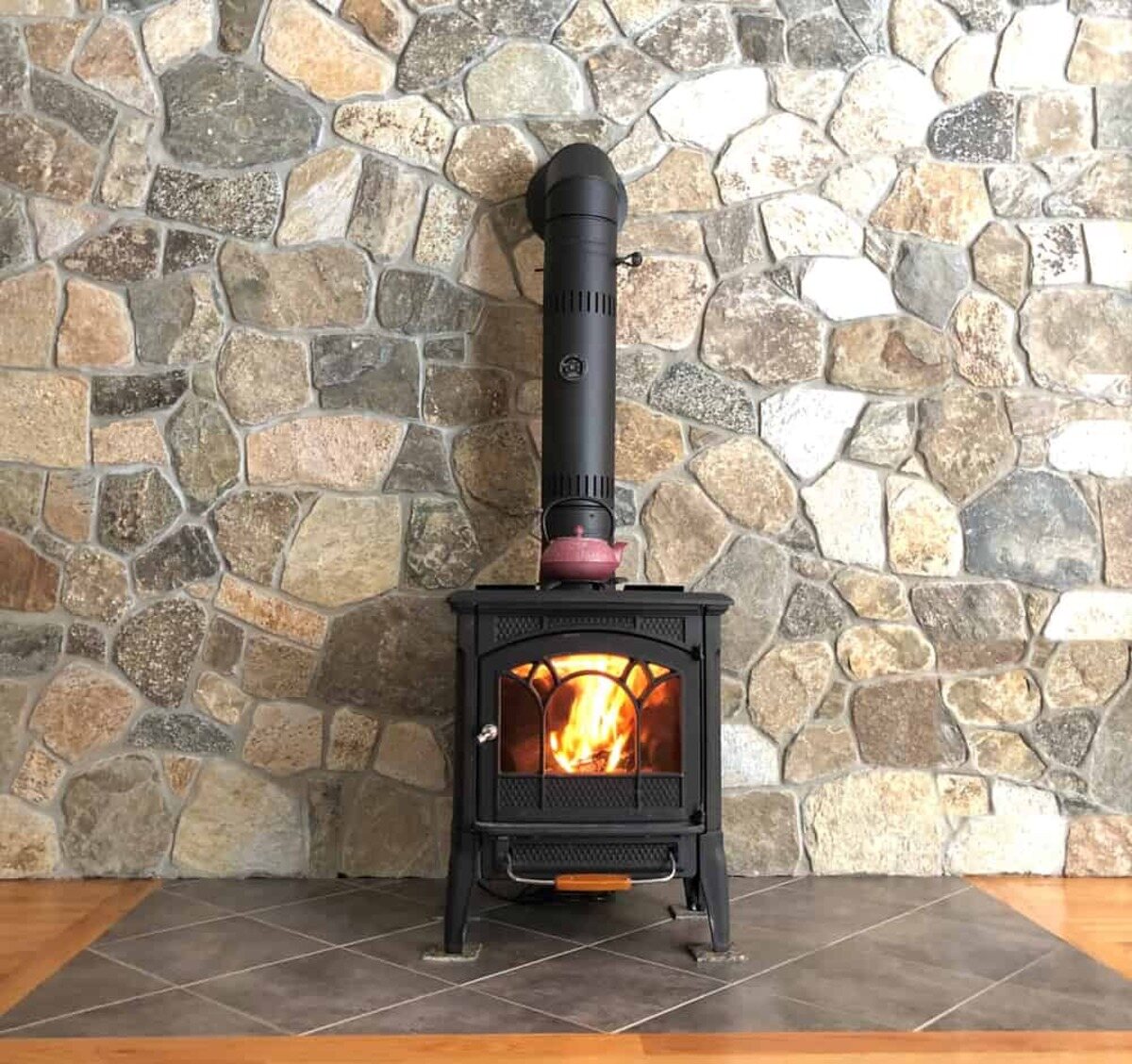
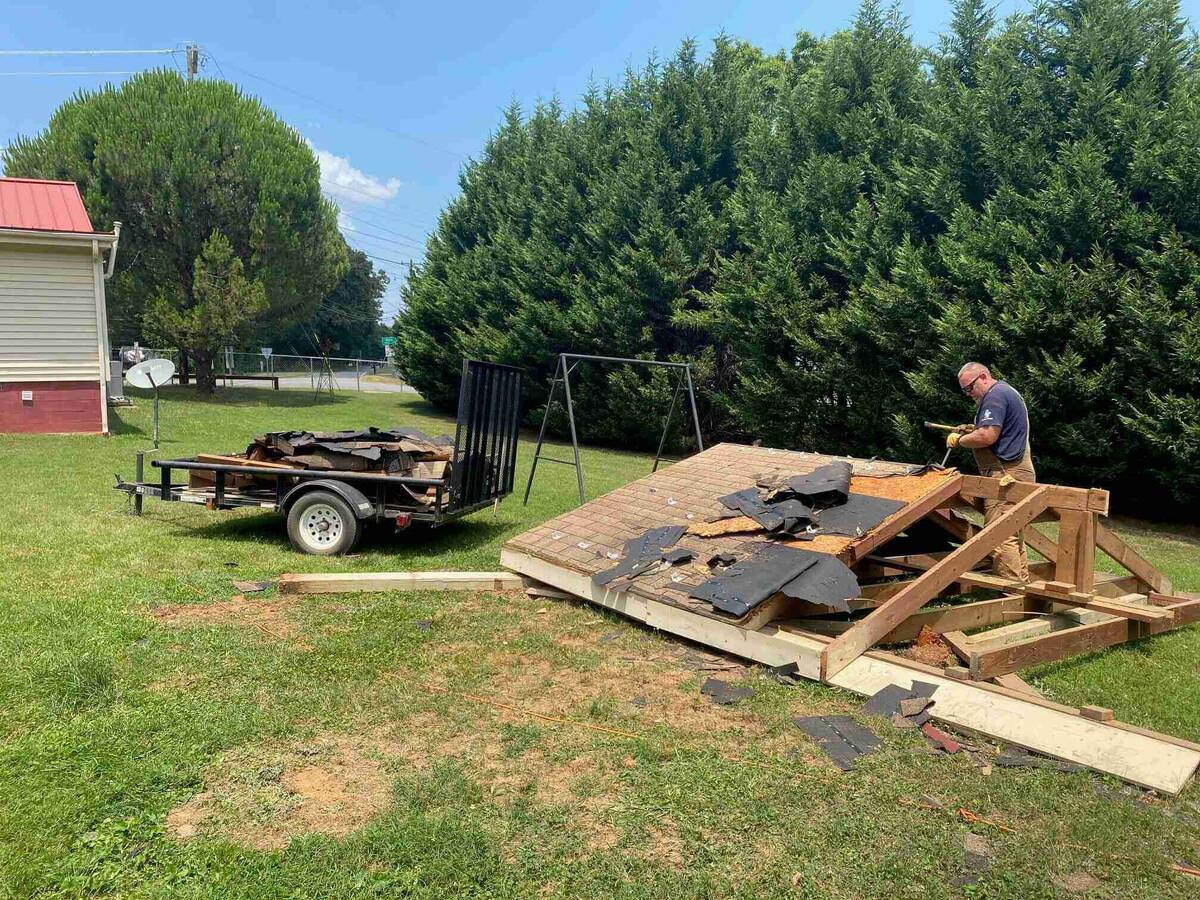





0 thoughts on “How To Get Rid Of Woodpeckers On Chimney”